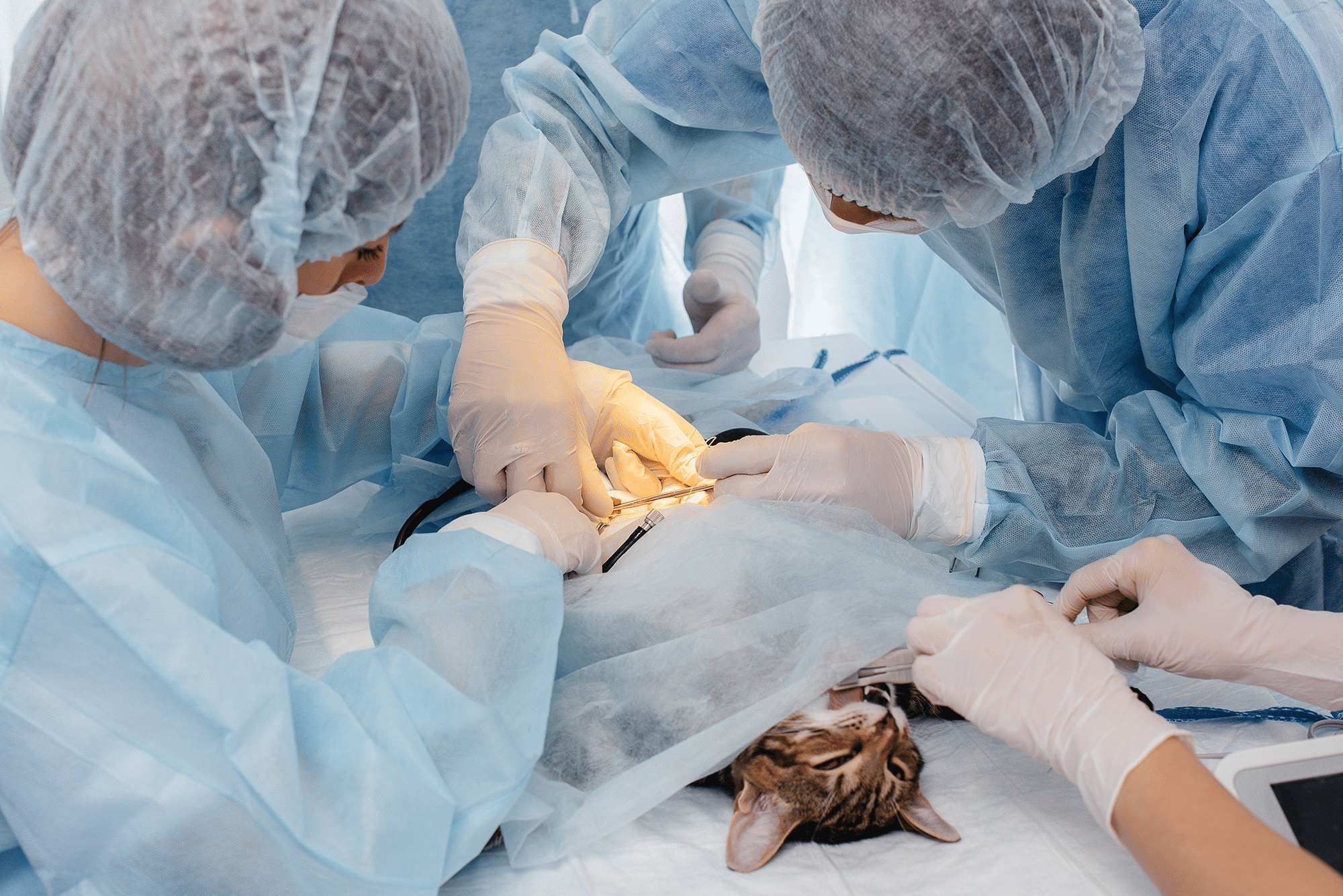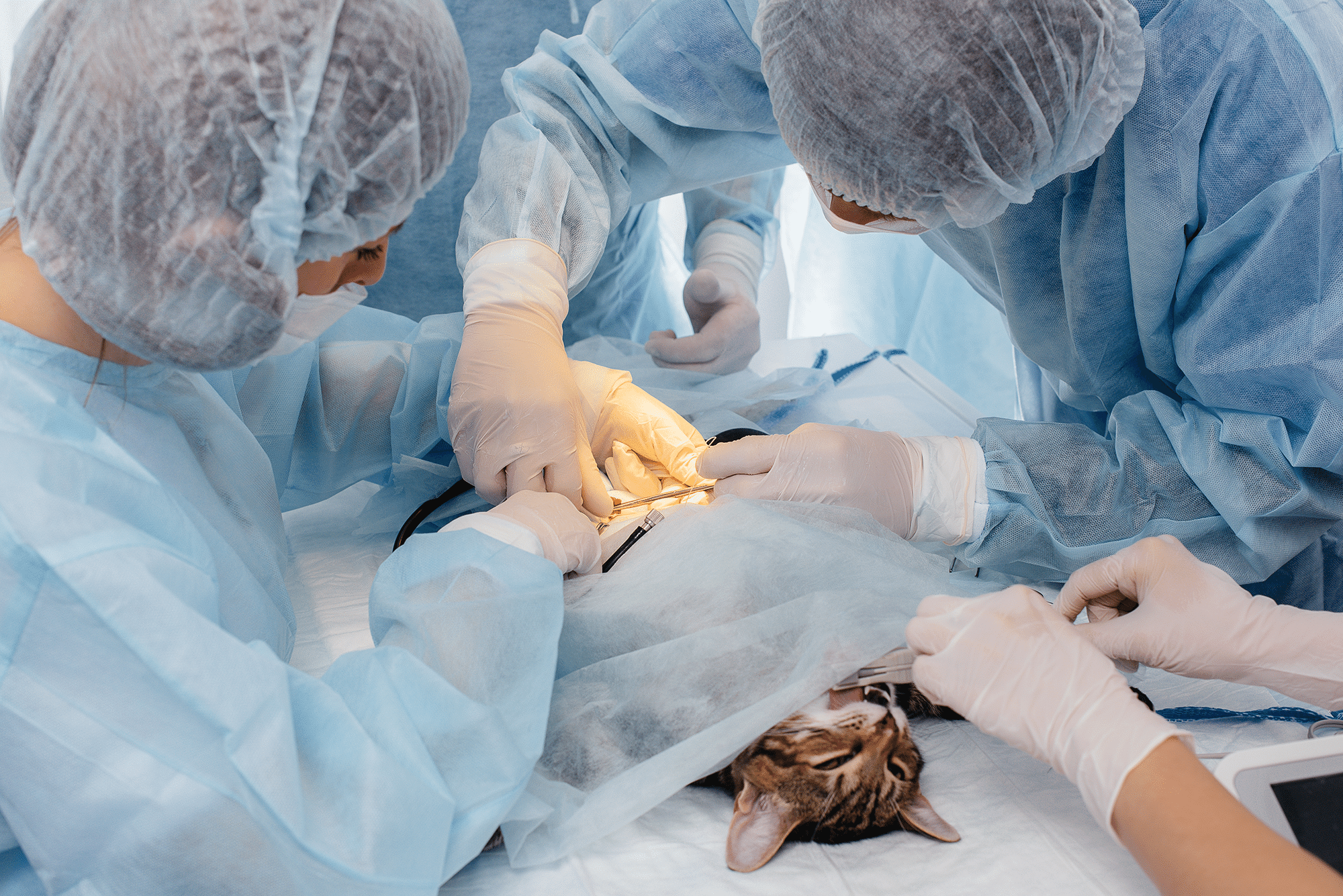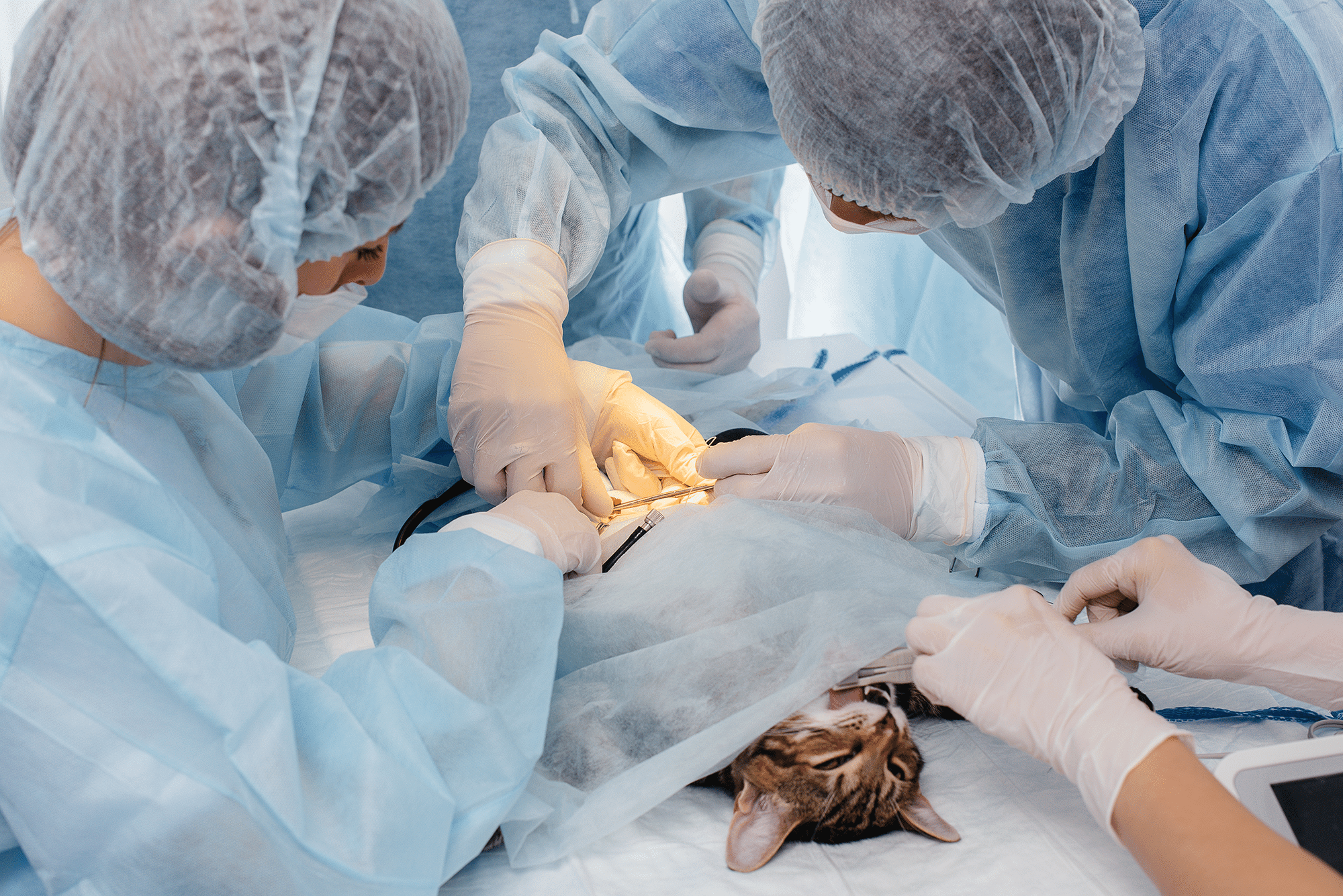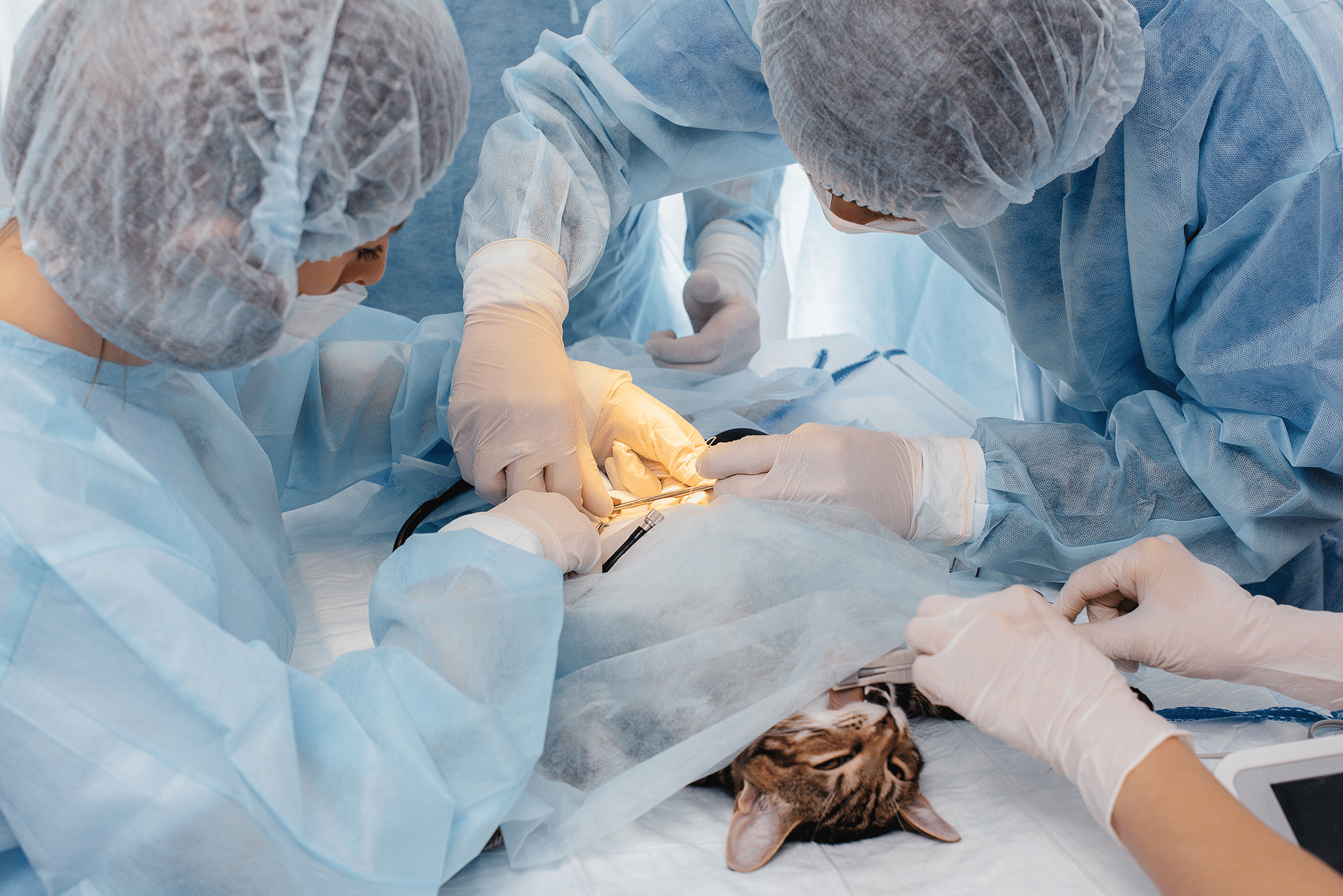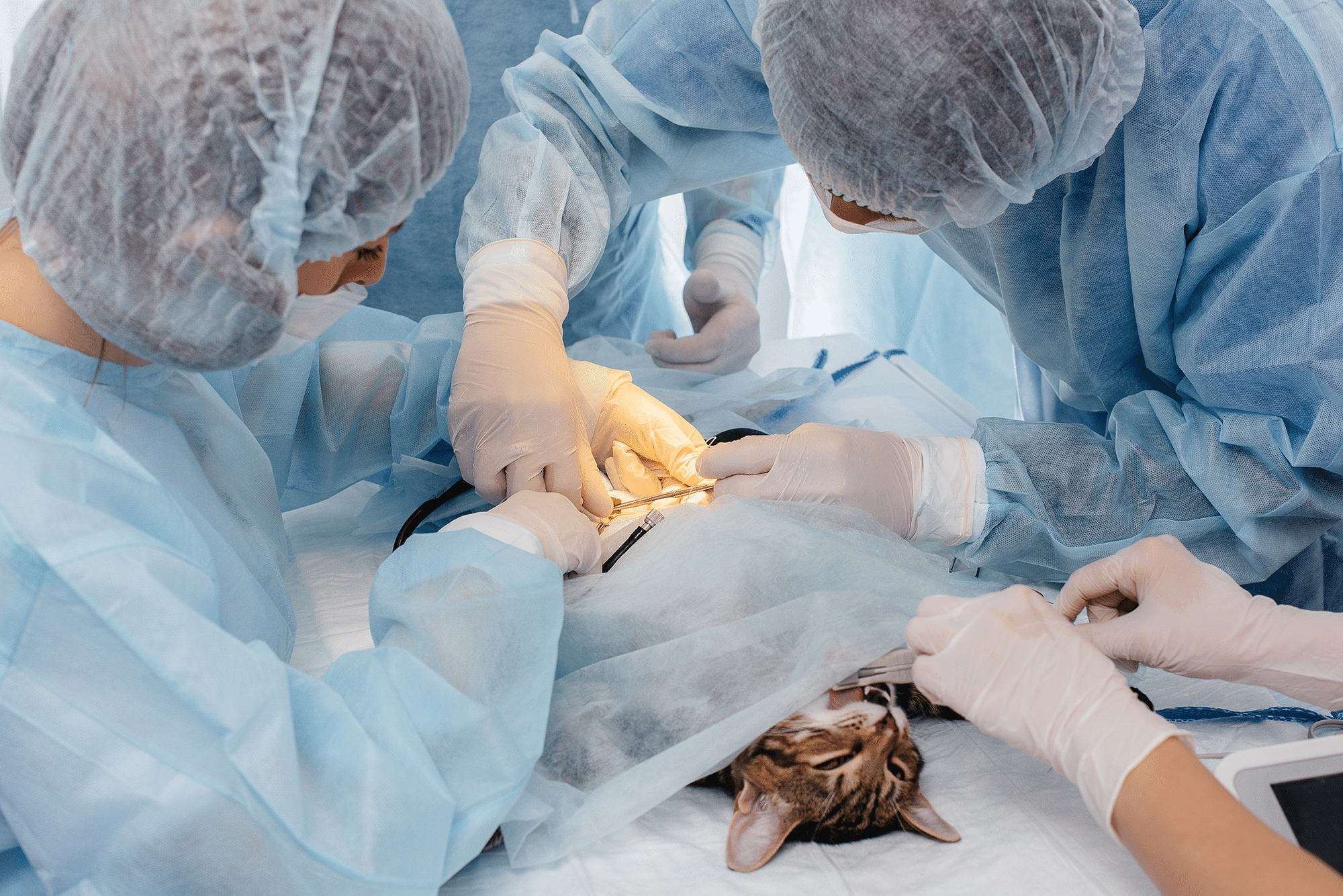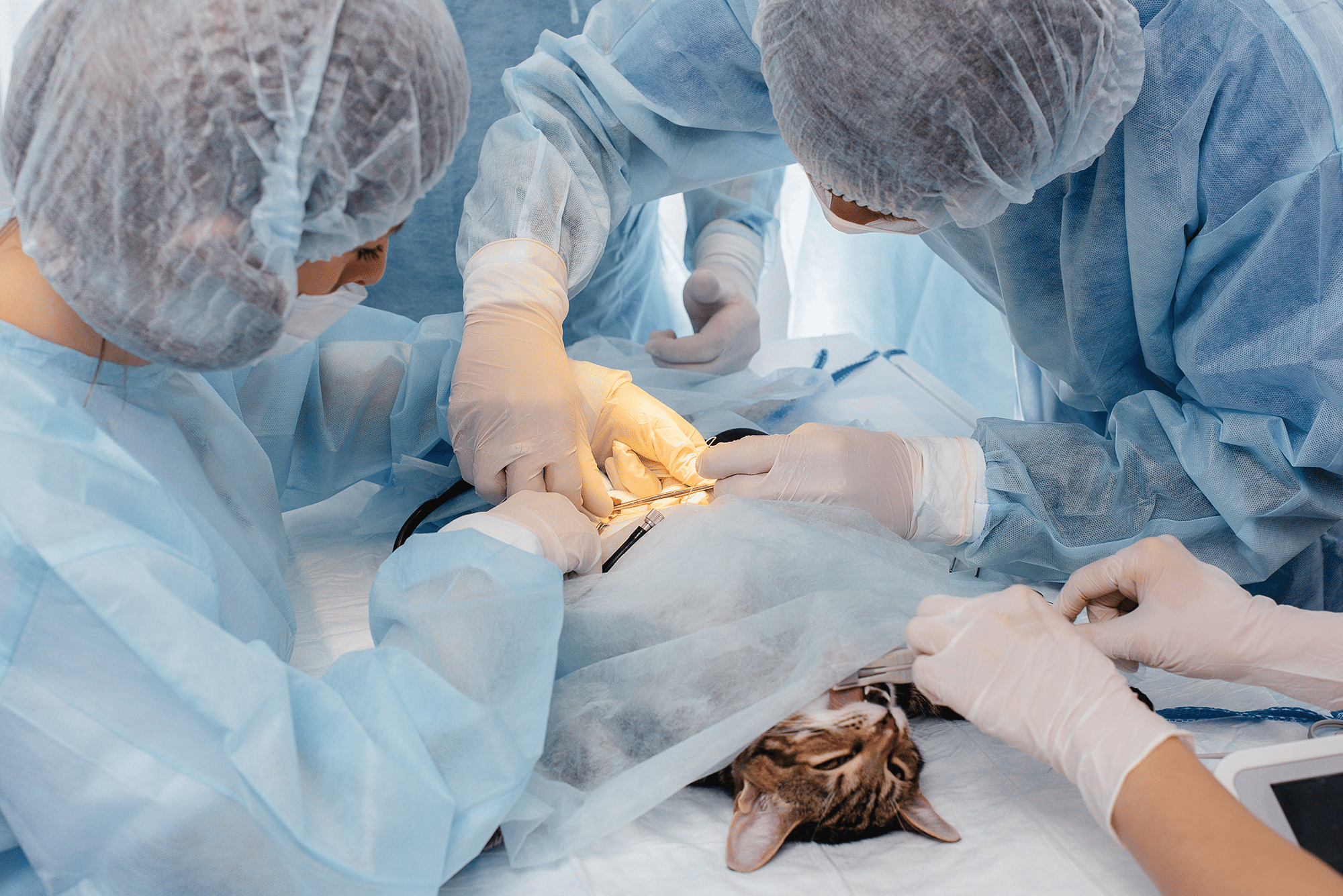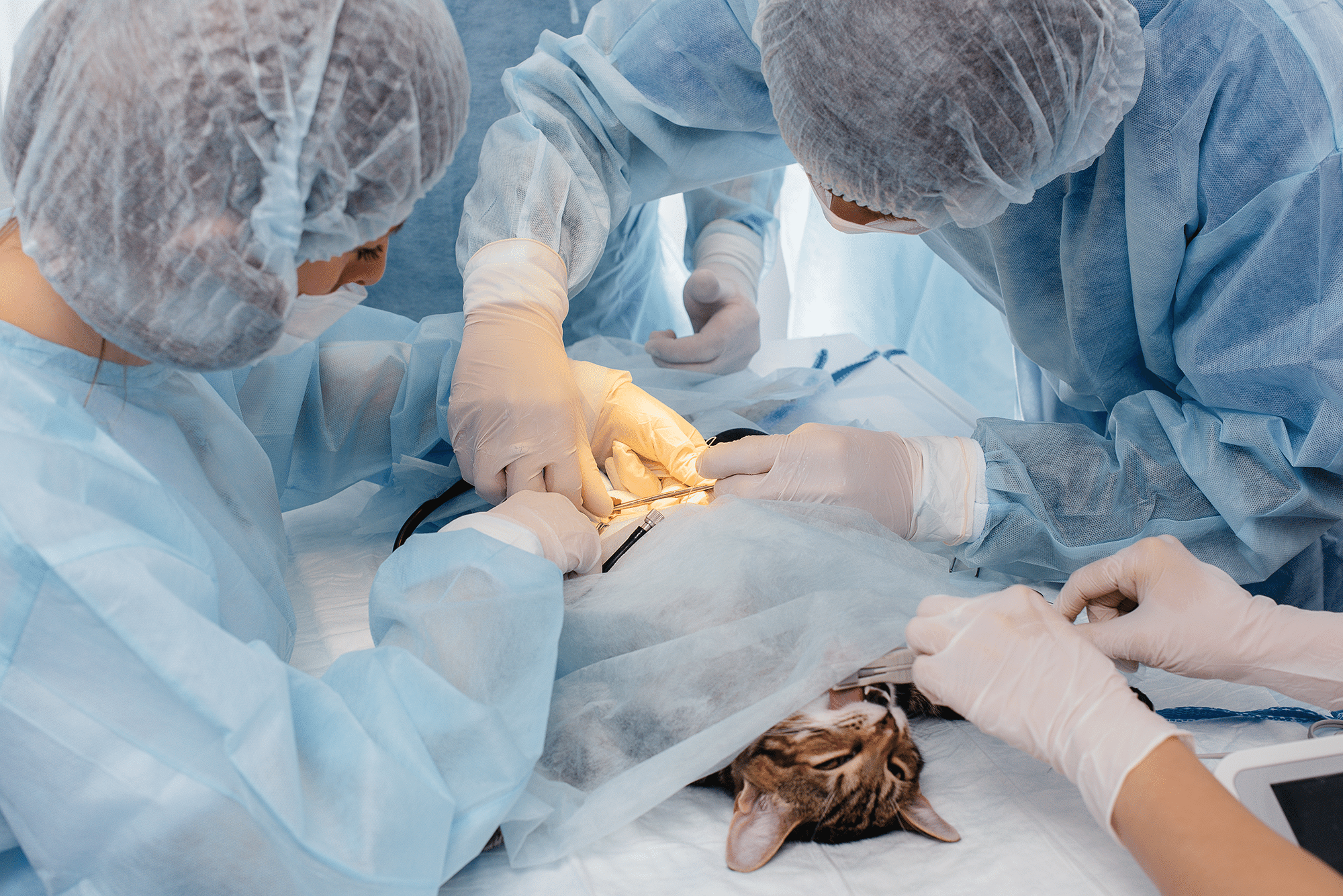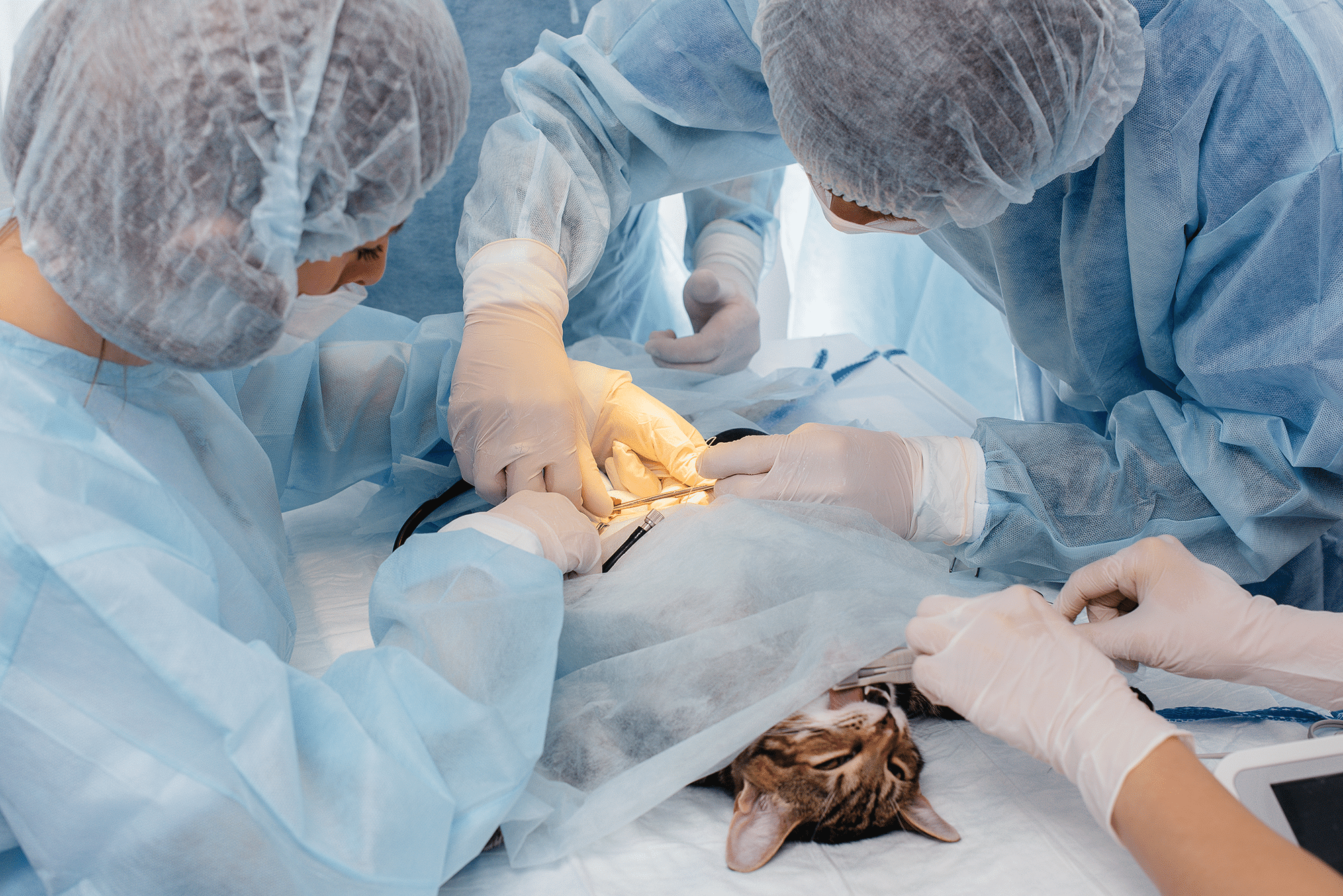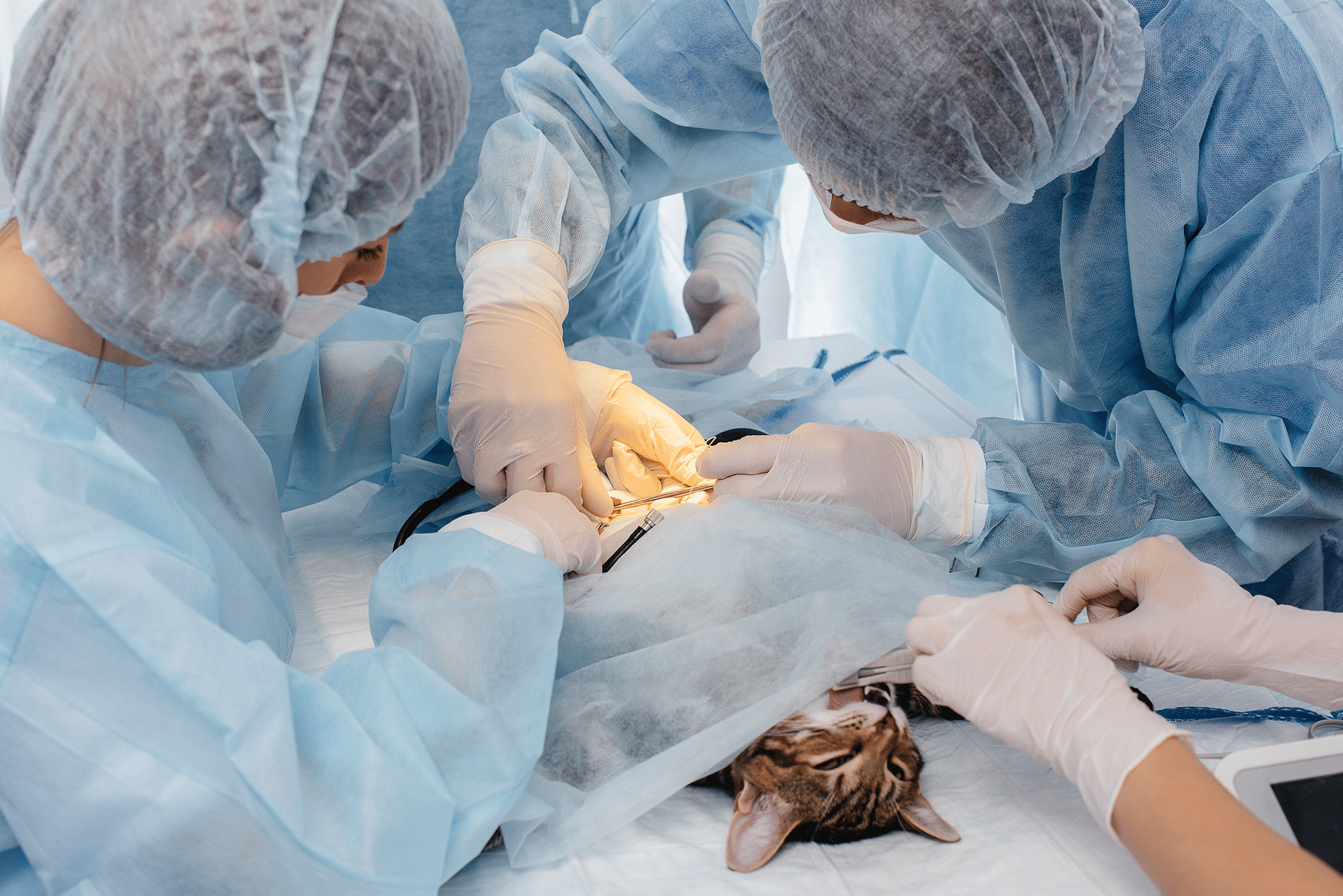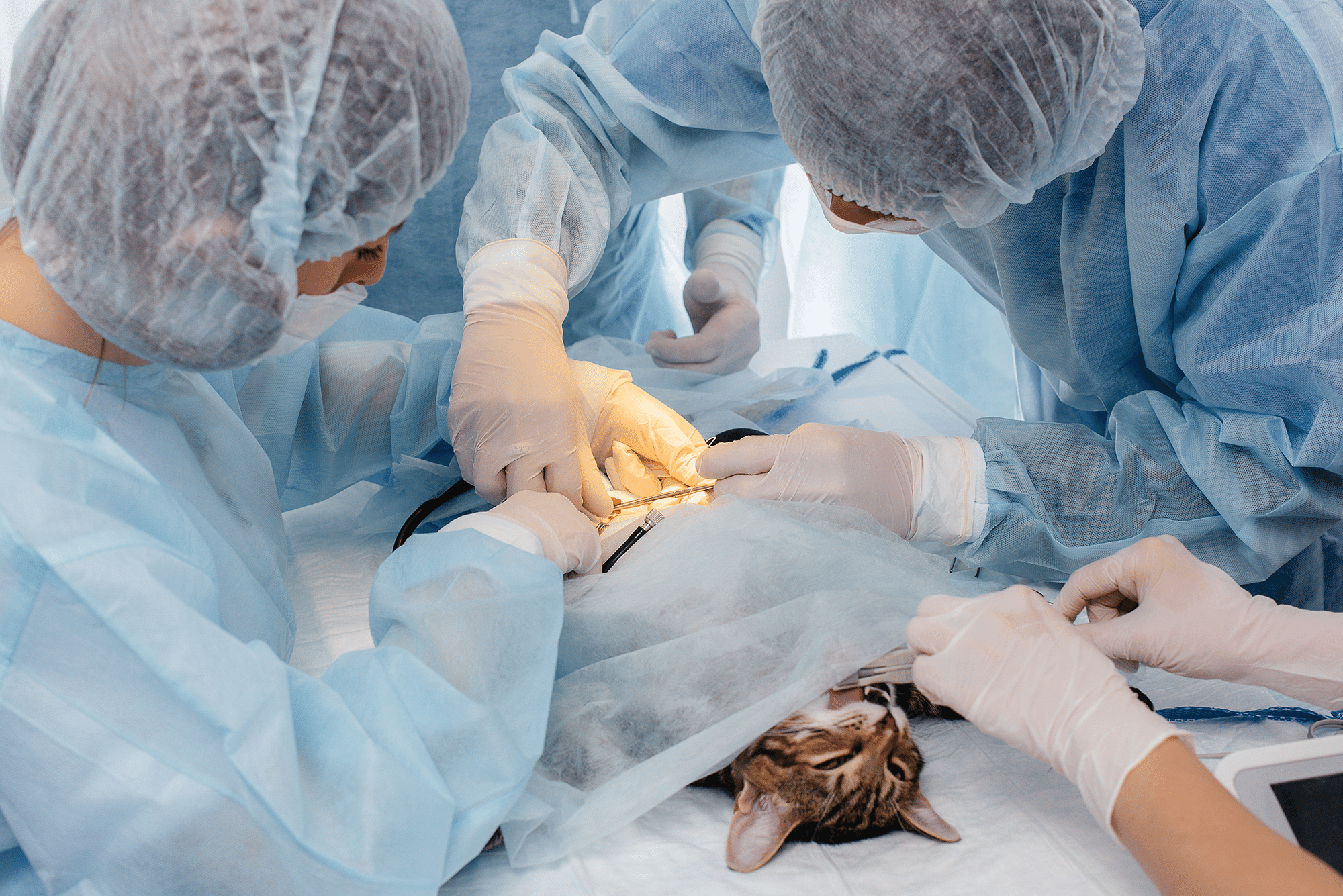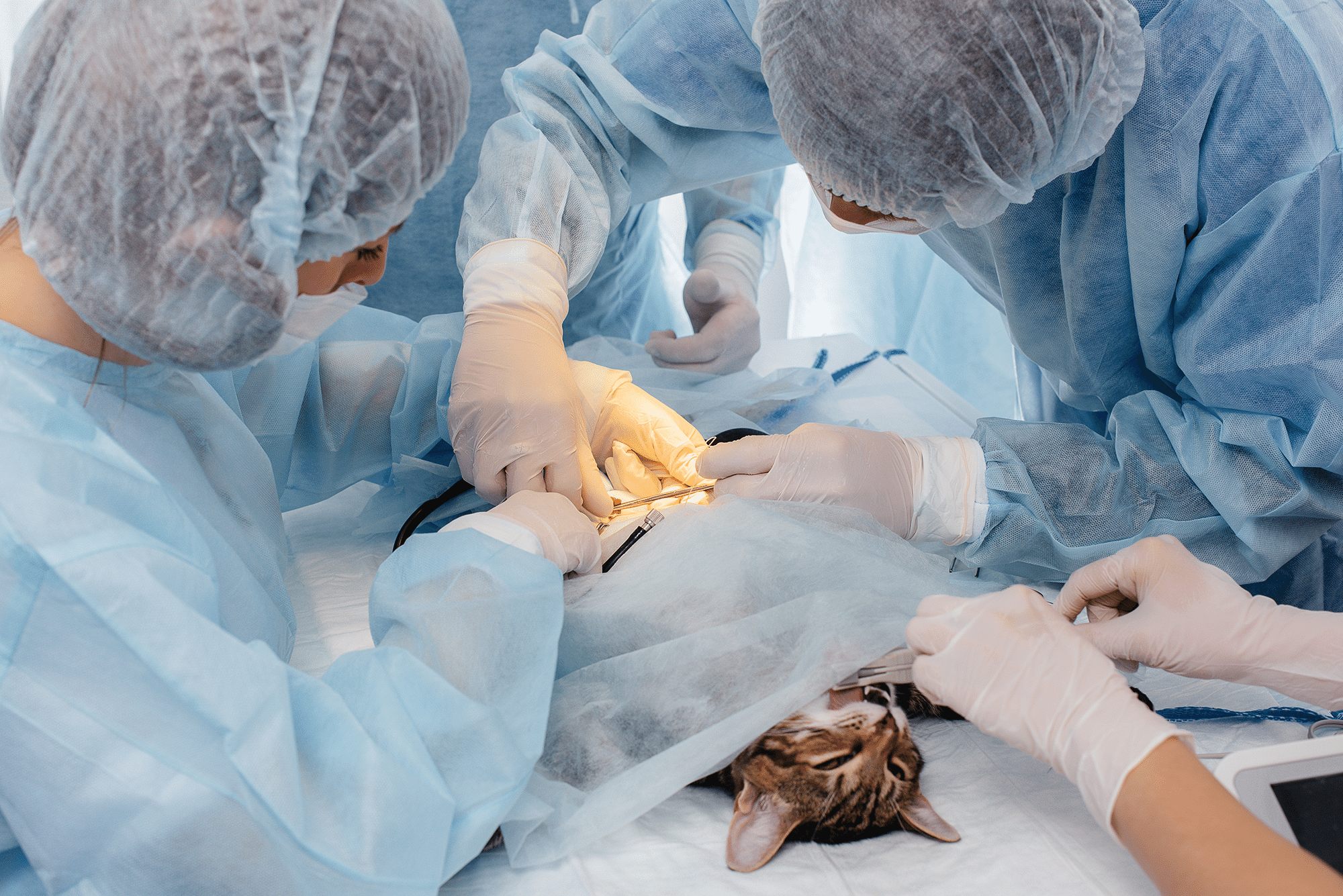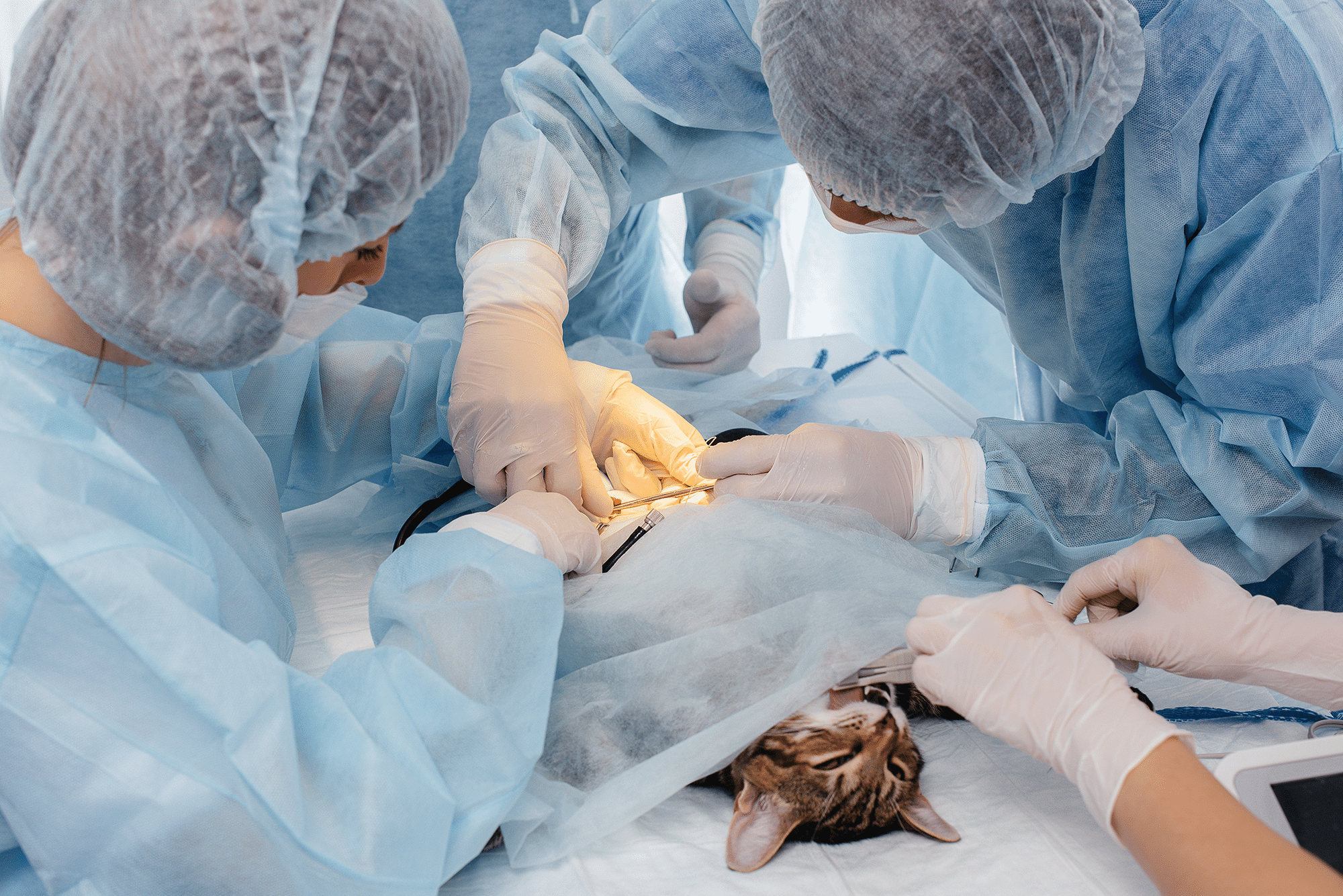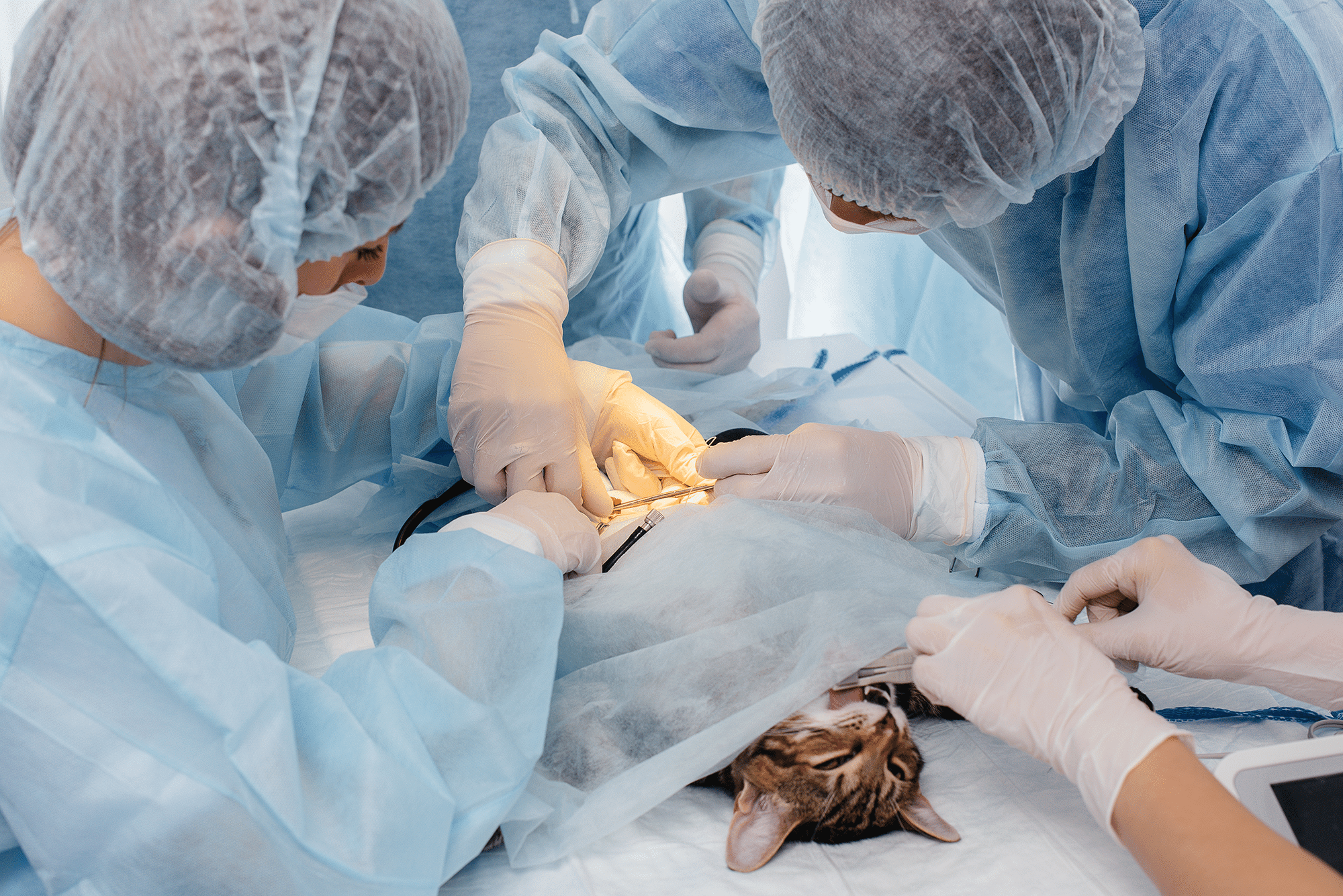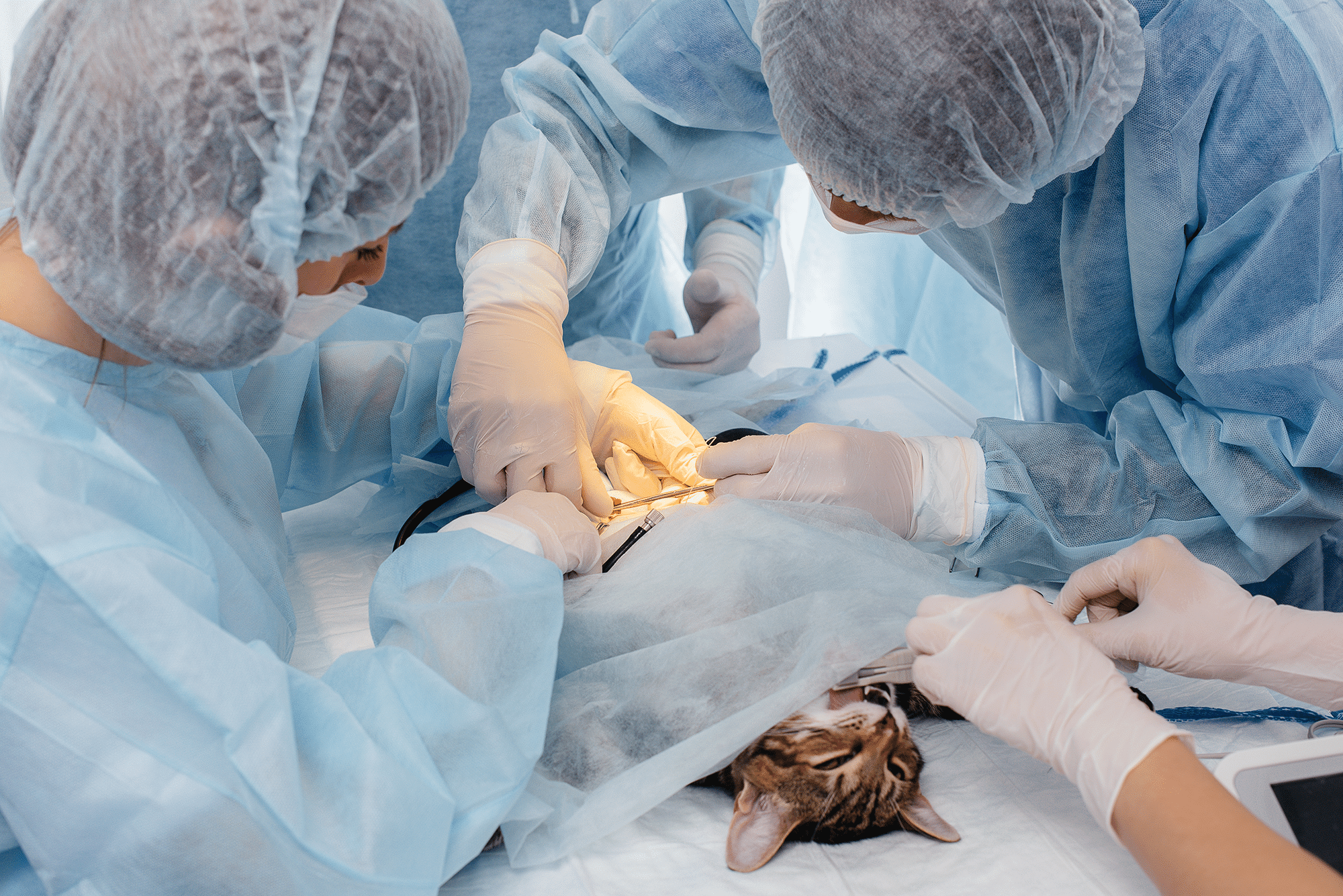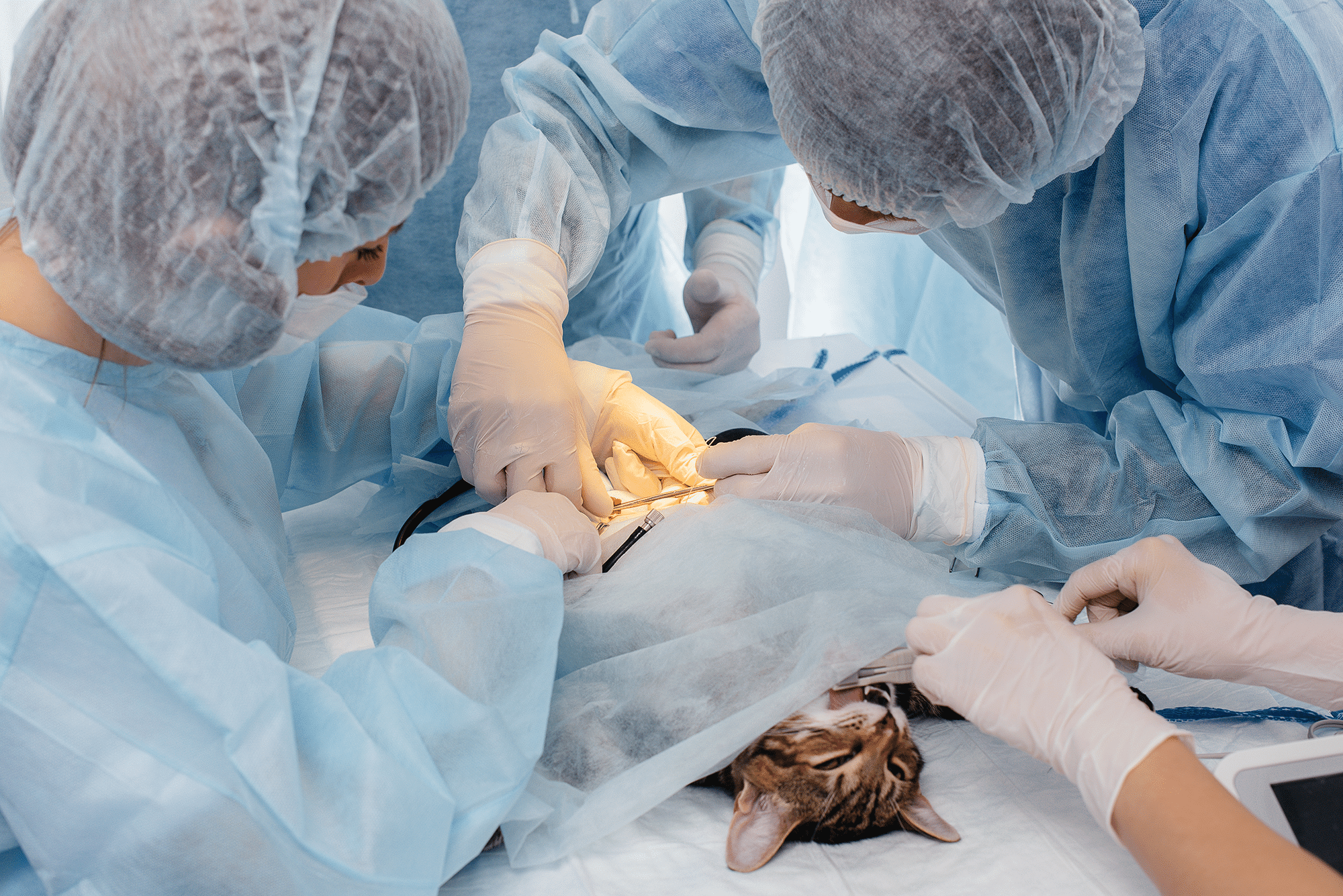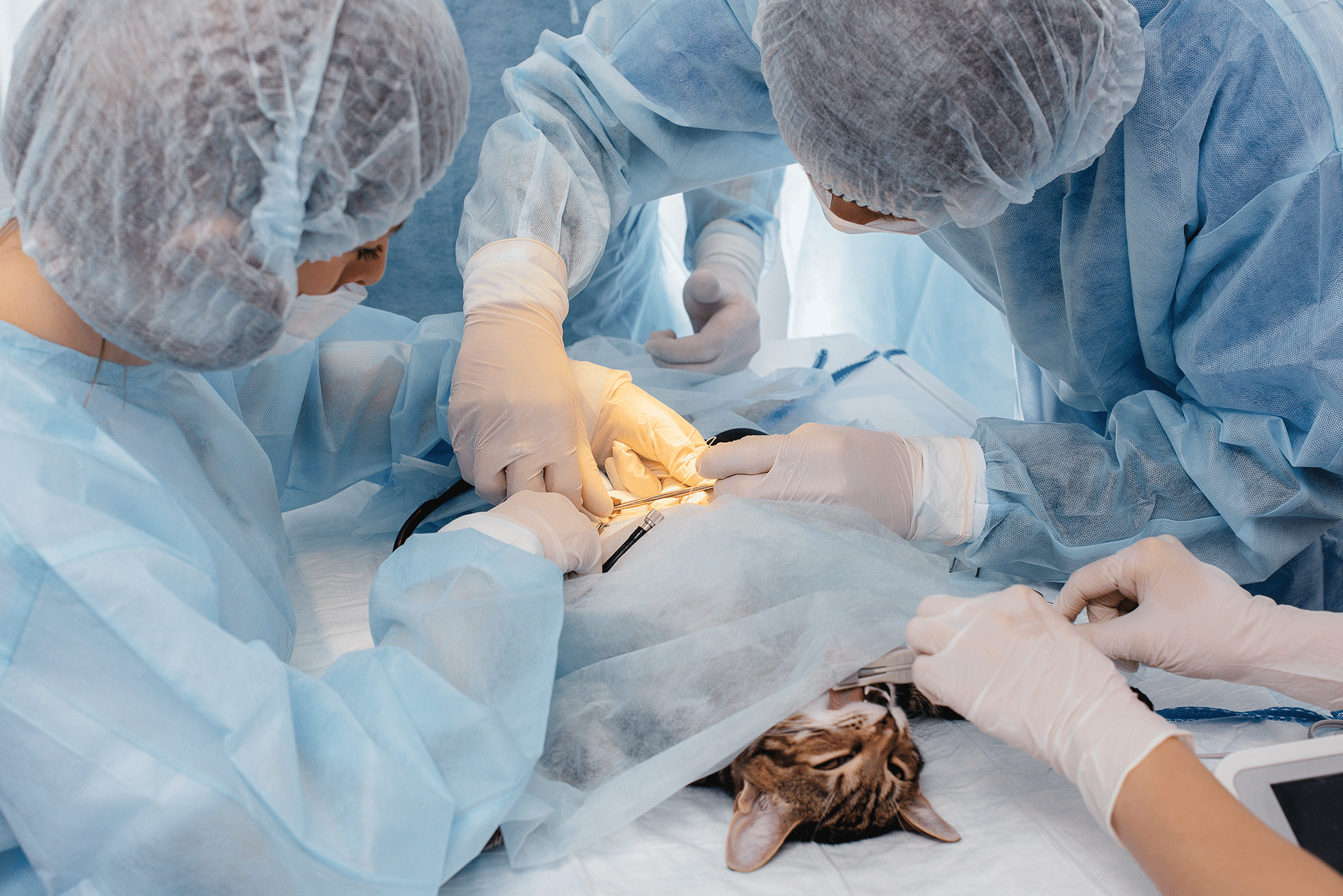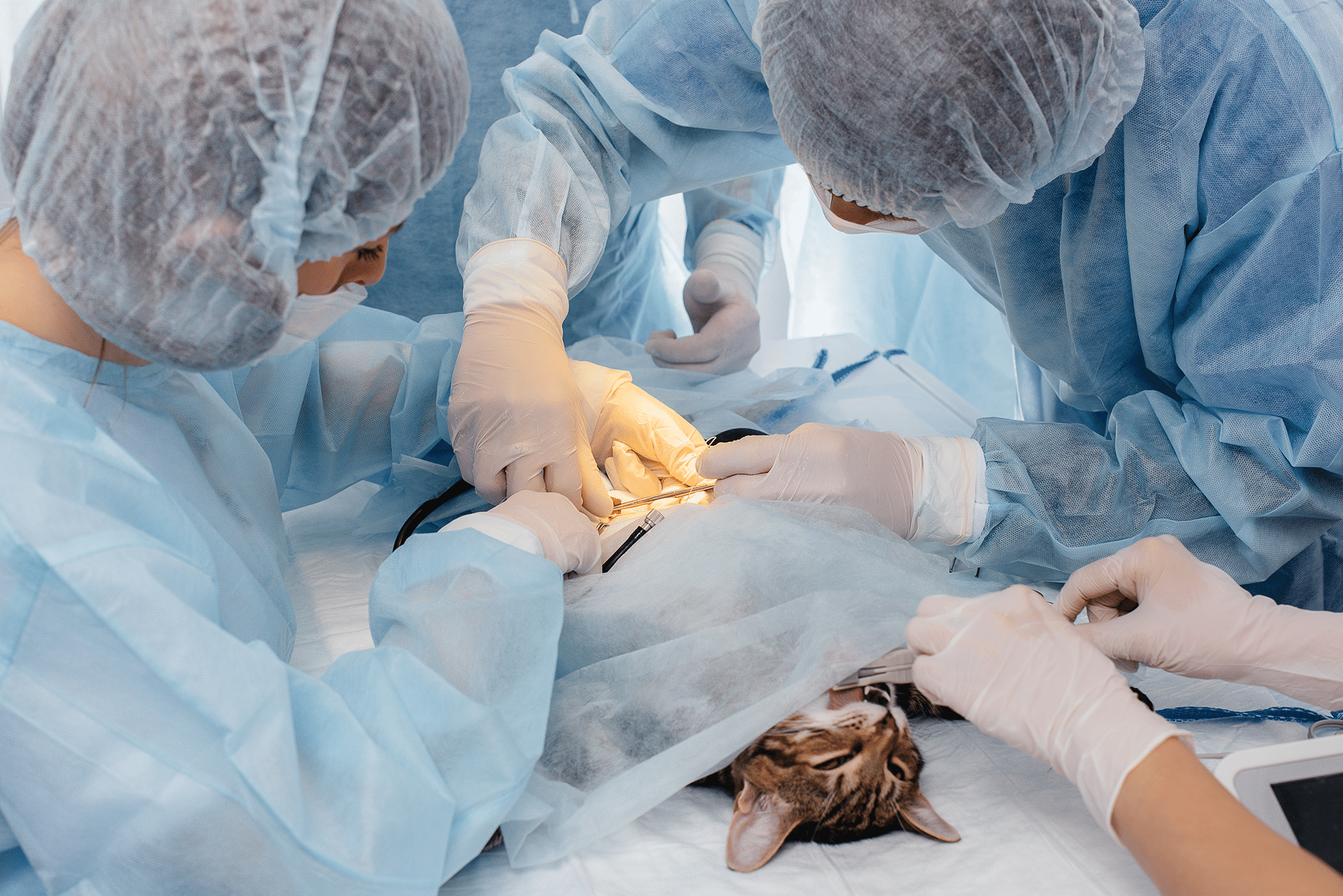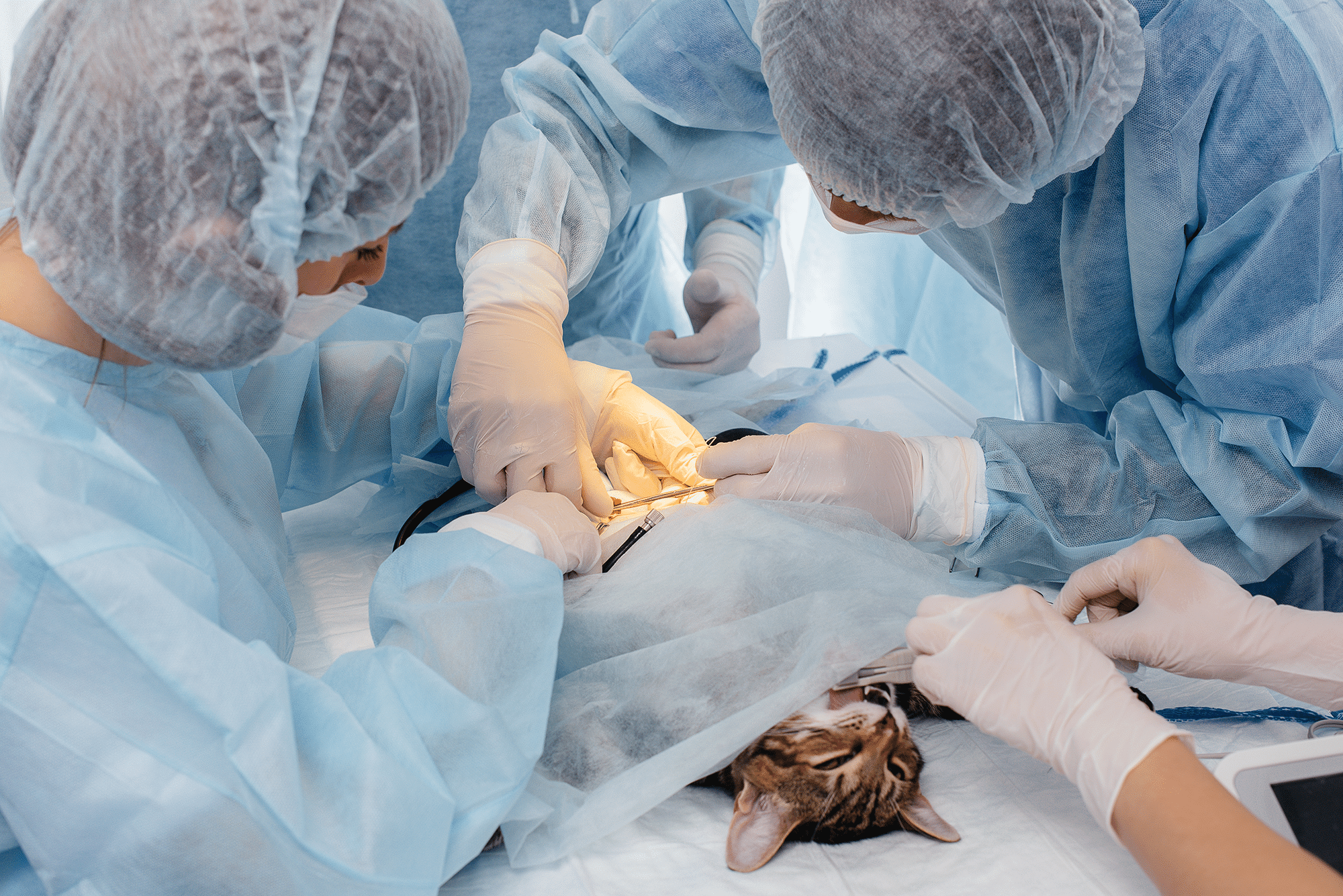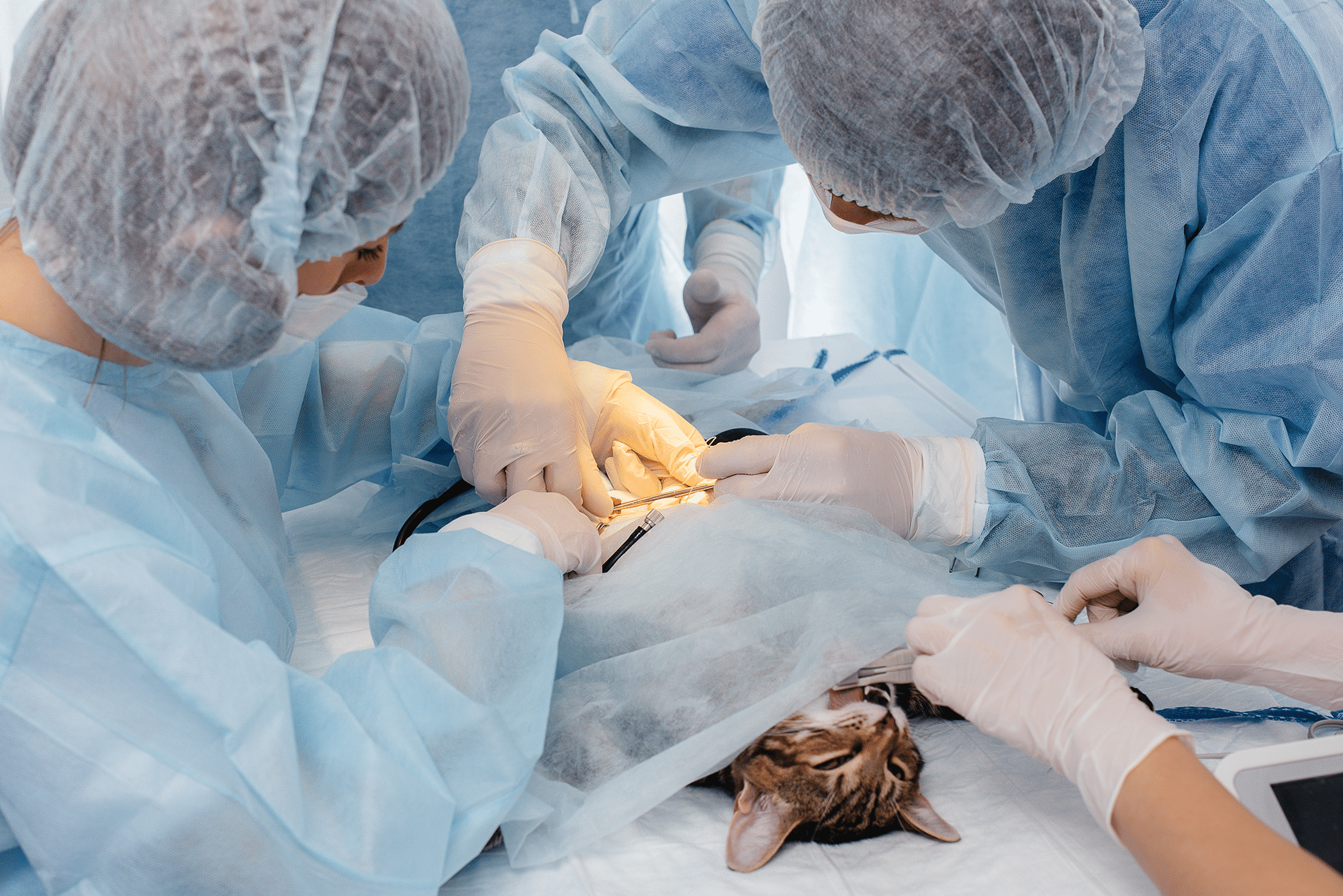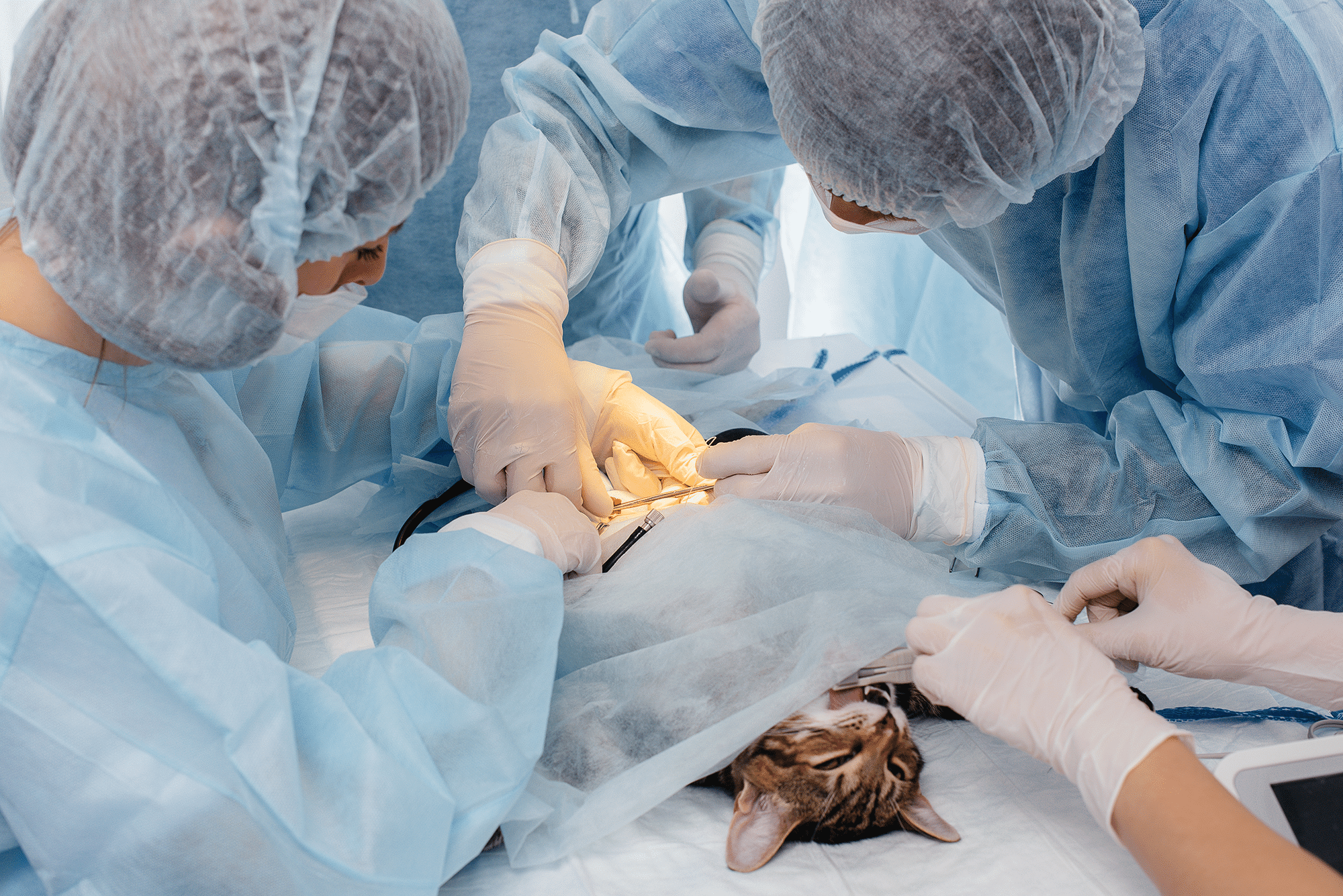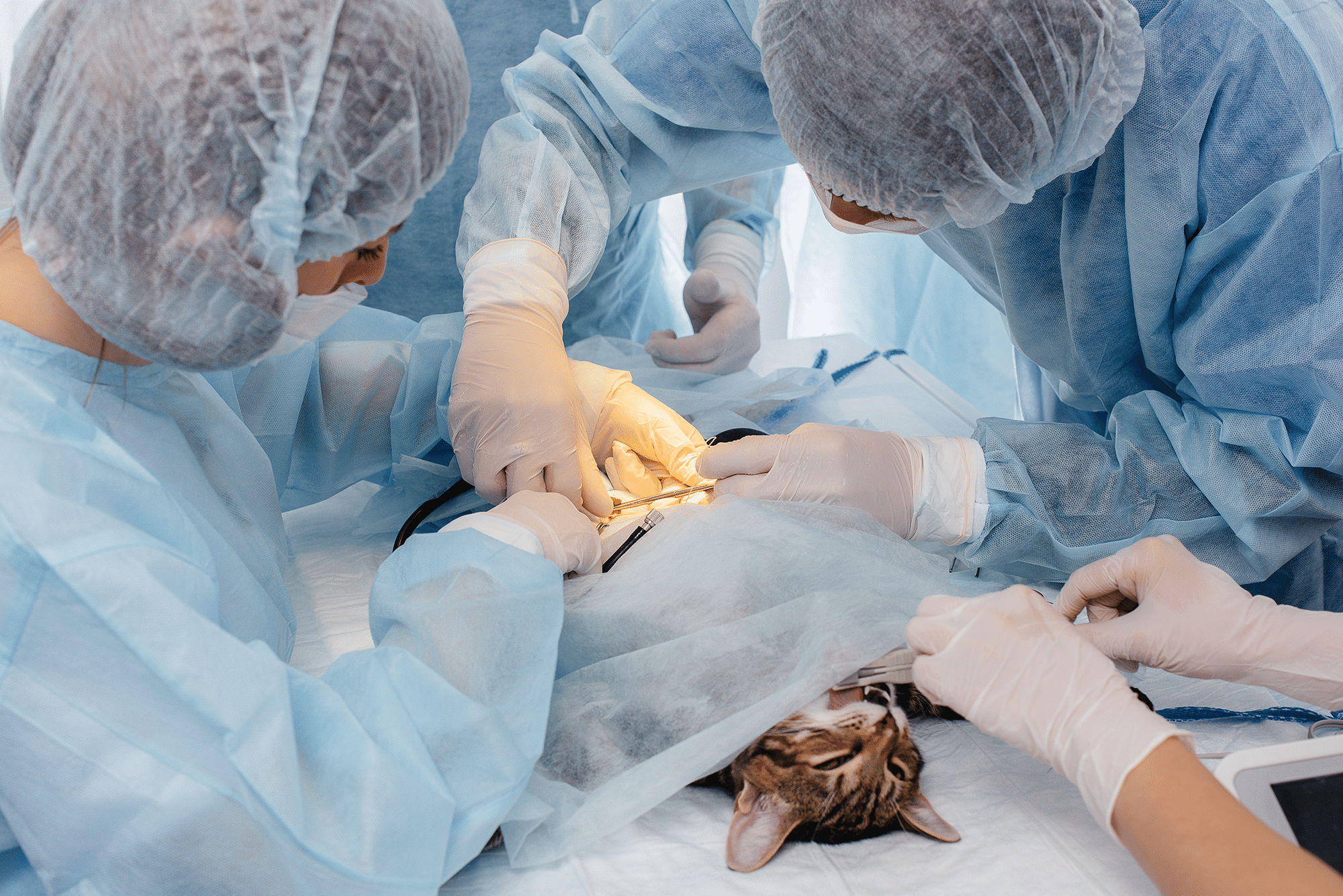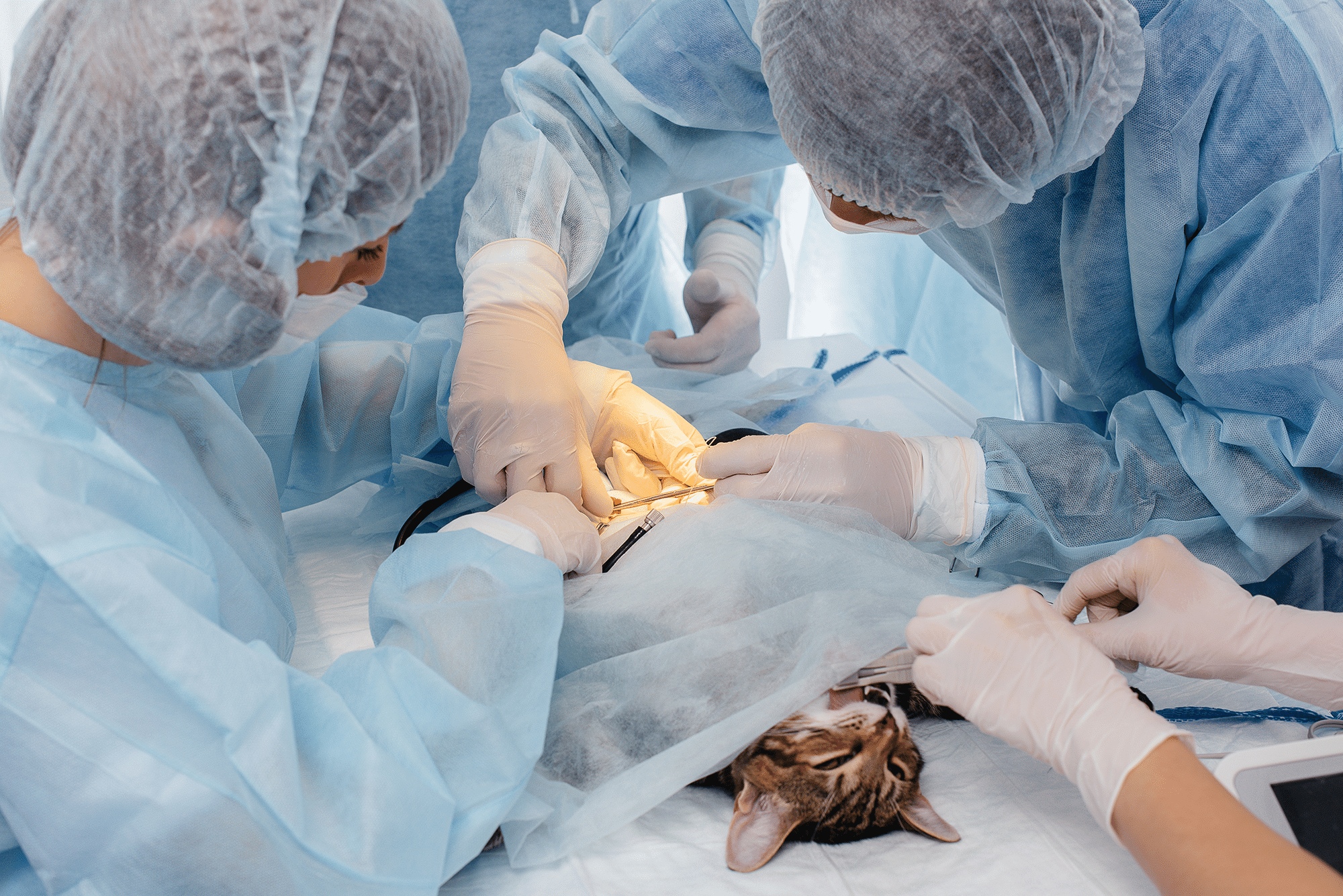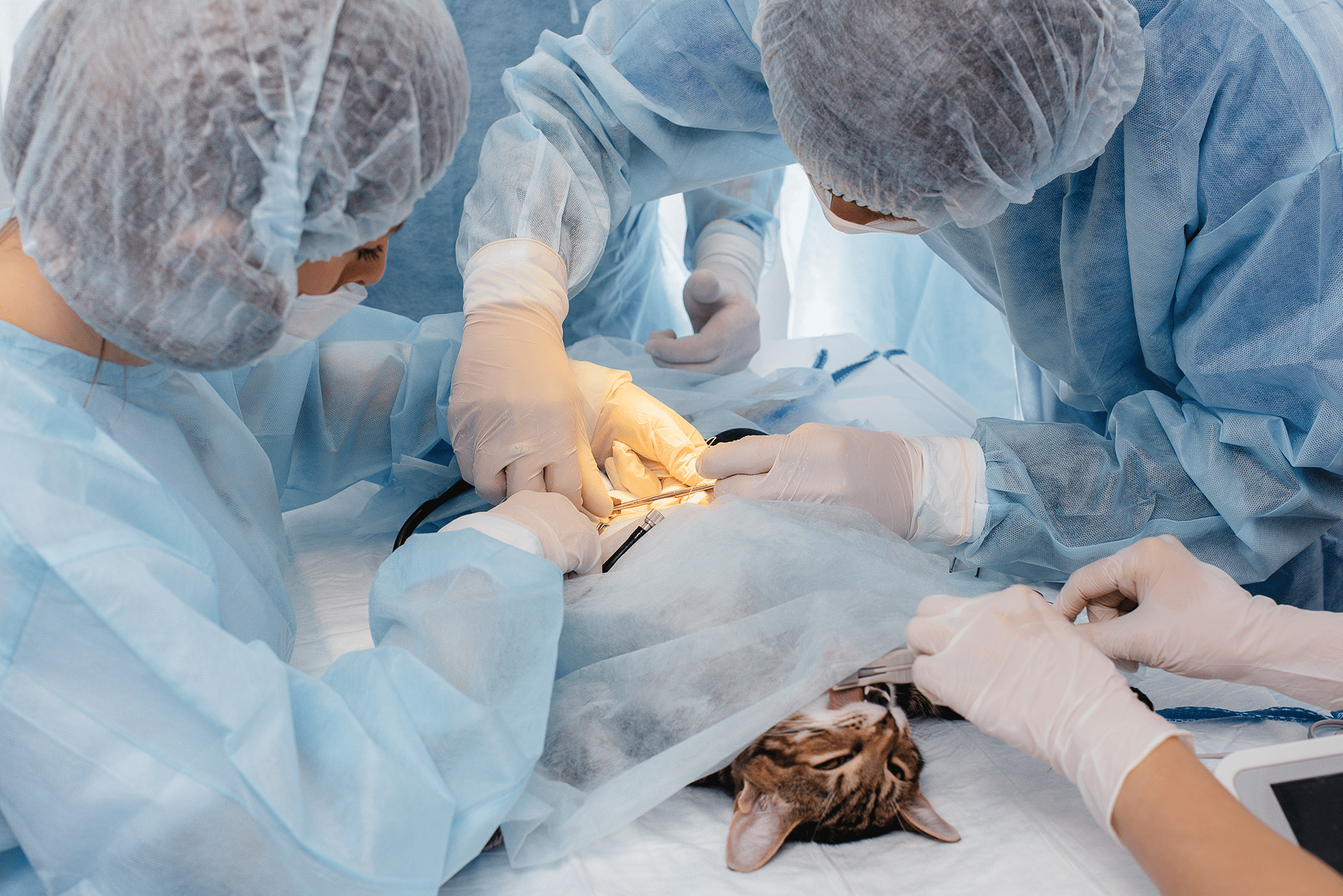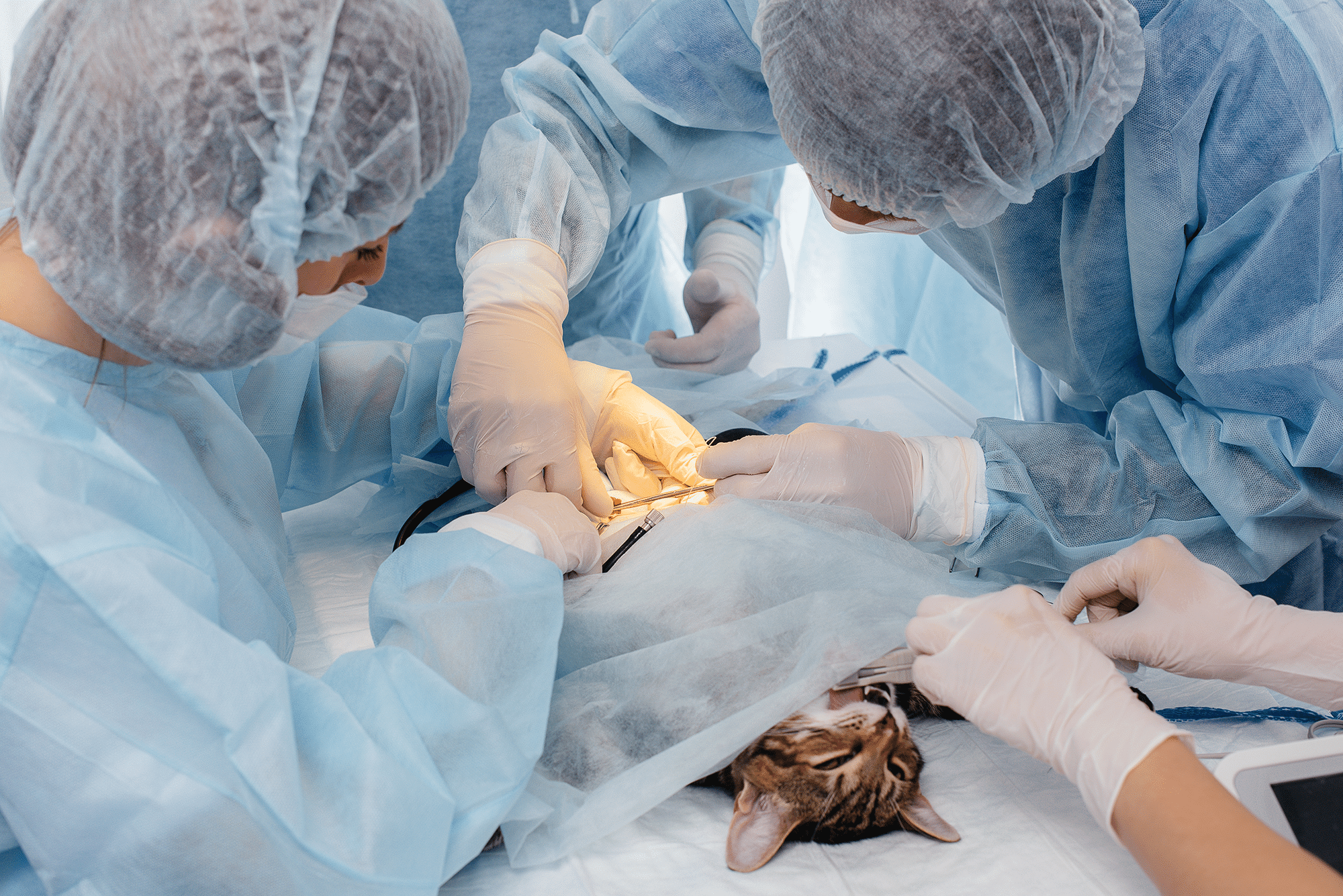Veterinary practices face unique risks when handling, storing, and administering controlled drugs. From Schedule 2 opi…
Veterinary Surgery Employers Liability Insurance: Staff Safety & Workplace Protection
Running a veterinary surgery involves unique workplace risks that can put your staff at serious risk of injury. From animal bites and scratches to exposure to dangerous chemicals and radiation, veterinary employees face hazards that most other workplaces don't encounter. This is why employers liability insurance specifically designed for veterinary practices is not just important – it's legally required and financially essential.
What is Veterinary Surgery Employers Liability Insurance?
Employers liability insurance for veterinary surgeries is a specialized form of coverage that protects your practice against claims made by employees who suffer injuries, illnesses, or accidents while working at your veterinary surgery. Unlike general employers liability policies, veterinary-specific coverage understands the unique risks present in animal healthcare environments.
This insurance covers legal costs, compensation payments, and medical expenses when employees are injured due to workplace incidents. In the UK, employers liability insurance is legally mandatory for any business with employees, with minimum coverage of £5 million required by law.
Why Veterinary Surgeries Need Specialized Coverage
Veterinary surgeries present workplace hazards that standard employers liability policies may not adequately cover. Your staff face risks including:
Animal-Related Injuries
Veterinary staff regularly handle stressed, frightened, or aggressive animals. Even the most docile pet can become unpredictable when in pain or fear. Bites, scratches, kicks, and crushing injuries from large animals are common workplace accidents in veterinary settings. These incidents can result in serious injuries requiring extensive medical treatment, time off work, and potential long-term complications.
Chemical and Drug Exposure
Veterinary surgeries use numerous chemicals, anesthetics, and pharmaceutical products that can pose health risks to staff. Accidental exposure through skin contact, inhalation, or injection can lead to serious health issues. Pregnant staff members face additional risks from exposure to certain veterinary medications and anesthetics.
Radiation Exposure
X-ray equipment is standard in most veterinary practices, creating potential radiation exposure risks for staff. While safety protocols minimize these risks, accidents can occur, and long-term exposure concerns may lead to employee health claims.
Manual Handling Injuries
Lifting and restraining animals, moving heavy equipment, and handling large bags of food or supplies can result in back injuries, strains, and other musculoskeletal problems. These are among the most common workplace injuries in veterinary settings.
Needle Stick Injuries
Accidental needle sticks are a significant concern in veterinary practices, potentially exposing staff to zoonotic diseases or requiring post-exposure medical treatment and monitoring.
Slip, Trip, and Fall Hazards
Wet floors from cleaning or animal accidents, cluttered treatment areas, and the fast-paced nature of emergency veterinary care can create slip and fall hazards for staff.
Key Coverage Areas for Veterinary Employers Liability Insurance
Legal Defense Costs
When an employee makes a claim against your practice, legal costs can quickly escalate. Your employers liability insurance covers solicitor fees, court costs, and expert witness expenses, regardless of whether the claim is successful.
Compensation Payments
If found liable for an employee's injury or illness, your insurance covers compensation payments. This includes damages for pain and suffering, loss of earnings, and future care costs.
Medical Expenses
Immediate medical treatment costs for injured employees are covered, including emergency care, ongoing treatment, and rehabilitation expenses.
Disease Coverage
Veterinary staff may contract zoonotic diseases through workplace exposure. Your policy covers claims related to occupational illnesses, including those with long latency periods that may not manifest for years.
Stress and Mental Health Claims
The emotional demands of veterinary work, including dealing with animal suffering and euthanasia, can impact staff mental health. Modern policies increasingly cover stress-related claims and mental health issues arising from workplace conditions.
Common Workplace Incidents in Veterinary Surgeries
Understanding the most frequent workplace incidents helps practices implement better safety measures and demonstrates why specialized coverage is essential.
Animal Bite and Scratch Injuries
These represent the most common workplace injuries in veterinary settings. Even with proper restraint techniques, animals can react unpredictably. Injuries range from minor scratches to severe bite wounds requiring surgery and potentially causing permanent scarring or disability.
Chemical Burns and Allergic Reactions
Exposure to cleaning chemicals, disinfectants, or veterinary pharmaceuticals can cause skin burns, respiratory issues, or severe allergic reactions. Some staff may develop occupational asthma or dermatitis from repeated exposure.
Lifting and Handling Injuries
Back injuries from lifting heavy animals or equipment are extremely common. These injuries often require extended time off work and can lead to chronic pain conditions affecting an employee's long-term earning capacity.
Equipment-Related Accidents
Veterinary equipment, from surgical instruments to X-ray machines, can cause injuries if not properly maintained or used. Electrical shocks, cuts from sharp instruments, and burns from autoclaves are potential hazards.
Workplace Violence
Unfortunately, veterinary staff sometimes face aggression from distressed pet owners, particularly in emergency situations or when delivering bad news about a beloved pet's condition.
Risk Management Strategies
While insurance is essential, implementing comprehensive risk management strategies can reduce workplace incidents and potentially lower your insurance premiums.
Staff Training Programs
Regular training on animal handling techniques, chemical safety, and emergency procedures is crucial. All staff should understand proper restraint methods for different animal species and sizes. Training should be ongoing, not just during initial employment.
Personal Protective Equipment
Providing appropriate PPE and ensuring its consistent use is vital. This includes gloves, protective clothing, safety glasses, and specialized equipment for handling aggressive animals or working with radiation equipment.
Workplace Safety Protocols
Establish clear protocols for handling different situations, from routine examinations to emergency procedures. Regular safety meetings and incident reporting systems help maintain awareness and identify potential improvements.
Equipment Maintenance
Regular maintenance and safety checks of all equipment reduce the risk of accidents. This includes X-ray machines, surgical equipment, and basic practice infrastructure.
Stress Management Support
Providing mental health support and stress management resources helps staff cope with the emotional demands of veterinary work and may reduce stress-related claims.
Legal Requirements and Compliance
UK law requires all employers with staff to maintain employers liability insurance with minimum coverage of £5 million. For veterinary practices, this legal requirement is particularly important given the high-risk nature of the work environment.
Health and Safety Executive Requirements
The HSE has specific guidelines for veterinary workplaces, covering areas such as:
- Control of substances hazardous to health (COSHH)
- Radiation safety procedures
- Manual handling regulations
- Personal protective equipment requirements
- Reporting of injuries, diseases, and dangerous occurrences (RIDDOR)
Professional Body Standards
The Royal College of Veterinary Surgeons (RCVS) expects veterinary practices to maintain appropriate insurance coverage and implement proper safety measures to protect staff welfare.
Choosing the Right Coverage Level
While £5 million is the legal minimum, many veterinary practices opt for higher coverage levels due to the potential severity of workplace incidents.
Factors Affecting Coverage Needs
- Size of your practice and number of employees
- Types of animals treated (small animals vs. large animals vs. exotic species)
- Procedures performed (routine care vs. complex surgery)
- Use of specialized equipment
- Location and client demographics
Additional Coverage Considerations
Some policies offer enhanced coverage for specific veterinary risks, such as:
- Extended disease coverage for zoonotic illnesses
- Coverage for work-related stress and mental health issues
- Protection for temporary or locum staff
- Coverage for work experience students and volunteers
Claims Process and What to Expect
Understanding the claims process helps ensure smooth handling of any incidents.
Immediate Steps After an Incident
- Ensure the injured employee receives appropriate medical attention
- Document the incident thoroughly
- Notify your insurance provider as soon as possible
- Preserve evidence and witness statements
- Do not admit liability or discuss fault
Investigation Process
Your insurer will investigate the claim, which may involve:
- Reviewing incident reports and witness statements
- Examining workplace conditions and safety procedures
- Consulting medical experts
- Assessing the extent of injuries and impact on the employee
Settlement Considerations
Claims may be settled through negotiation or may proceed to court. Your insurer handles all aspects of the legal process, but your cooperation and documentation are essential for successful defense or settlement.
Cost Factors and Premium Considerations
Several factors influence the cost of employers liability insurance for veterinary surgeries:
Practice-Specific Factors
- Number of employees and their roles
- Types of animals treated
- Safety record and previous claims history
- Risk management measures in place
- Location and local claim frequency
Industry Factors
- Overall claim trends in the veterinary sector
- Changes in legal precedents
- Regulatory developments affecting workplace safety
Ways to Reduce Premiums
- Implement comprehensive safety training programs
- Maintain excellent safety records
- Install safety equipment and follow best practices
- Work with insurers who understand veterinary risks
- Consider higher deductibles if financially viable
Selecting the Right Insurance Provider
Not all insurers understand the unique risks of veterinary practices. Choose a provider with:
Veterinary Expertise
Look for insurers with specific experience in veterinary practice insurance who understand the unique risks and challenges of your industry.
Comprehensive Coverage
Ensure the policy covers all relevant risks, including zoonotic diseases, chemical exposure, and radiation-related claims.
Claims Handling Reputation
Research the insurer's reputation for fair and efficient claims handling, particularly for veterinary-specific incidents.
Risk Management Support
Many specialist insurers offer risk management resources, training materials, and safety guidance to help reduce workplace incidents.
Future Trends and Considerations
The veterinary insurance landscape continues to evolve with changing workplace practices and emerging risks.
Mental Health Awareness
Increasing recognition of mental health issues in veterinary professions is leading to enhanced coverage for stress-related claims and workplace counseling support.
Technology Integration
New veterinary technologies bring new risks that insurance policies must address, from laser therapy equipment to advanced imaging systems.
Regulatory Changes
Ongoing developments in health and safety regulations may affect coverage requirements and workplace safety standards.
Conclusion
Employers liability insurance for veterinary surgeries is not just a legal requirement – it's essential protection for your practice and your staff. The unique risks present in veterinary environments require specialized coverage that understands the challenges of animal healthcare.
By choosing appropriate coverage, implementing comprehensive safety measures, and working with experienced insurers, veterinary practices can protect their employees while managing the financial risks associated with workplace incidents. Remember that the cost of comprehensive insurance is minimal compared to the potential financial impact of a serious workplace injury claim.
Investing in proper employers liability insurance demonstrates your commitment to staff welfare and ensures your practice can continue operating even when workplace incidents occur. In the demanding world of veterinary medicine, this protection is invaluable for both your employees and your business.


 0330 127 2333
0330 127 2333
